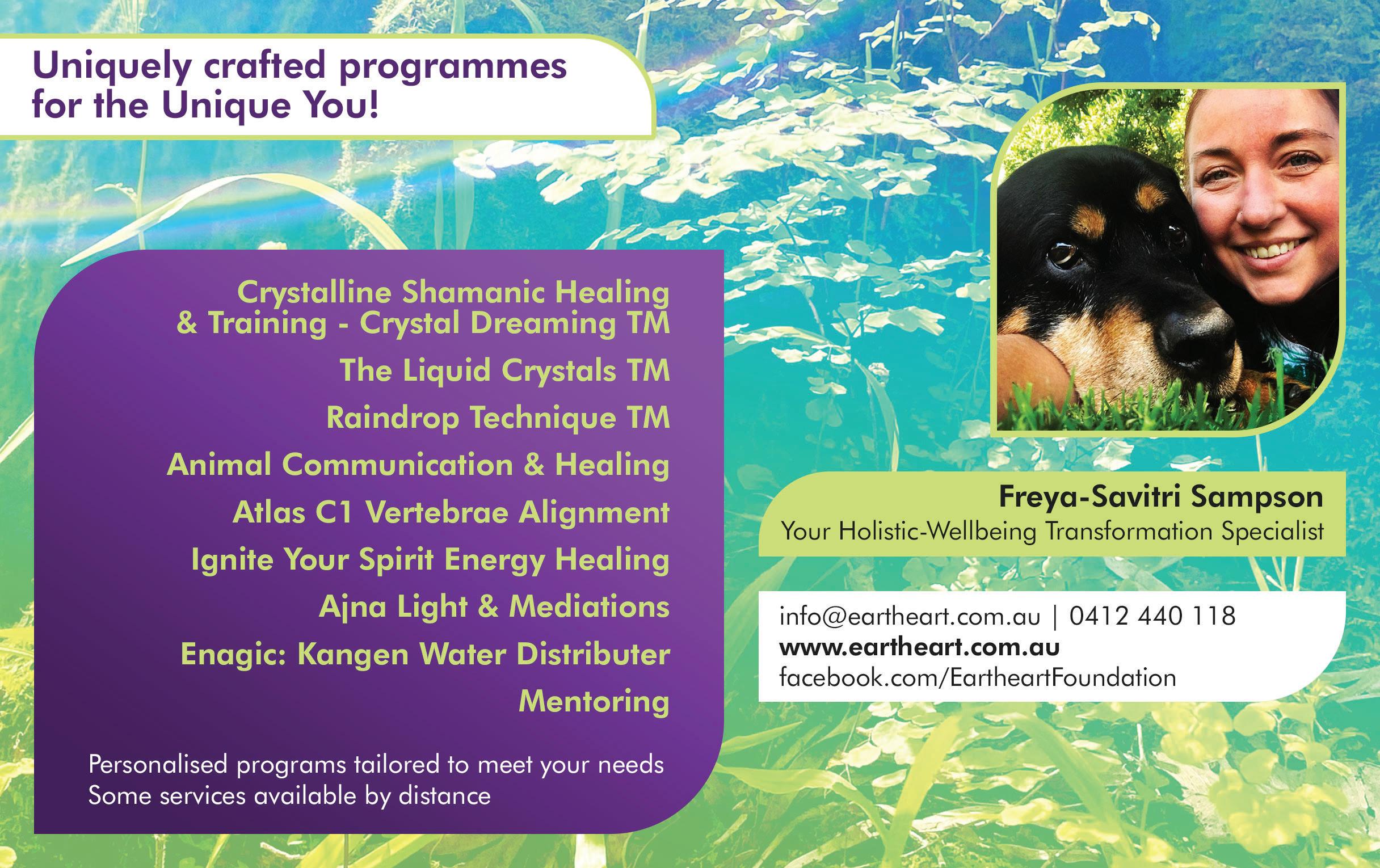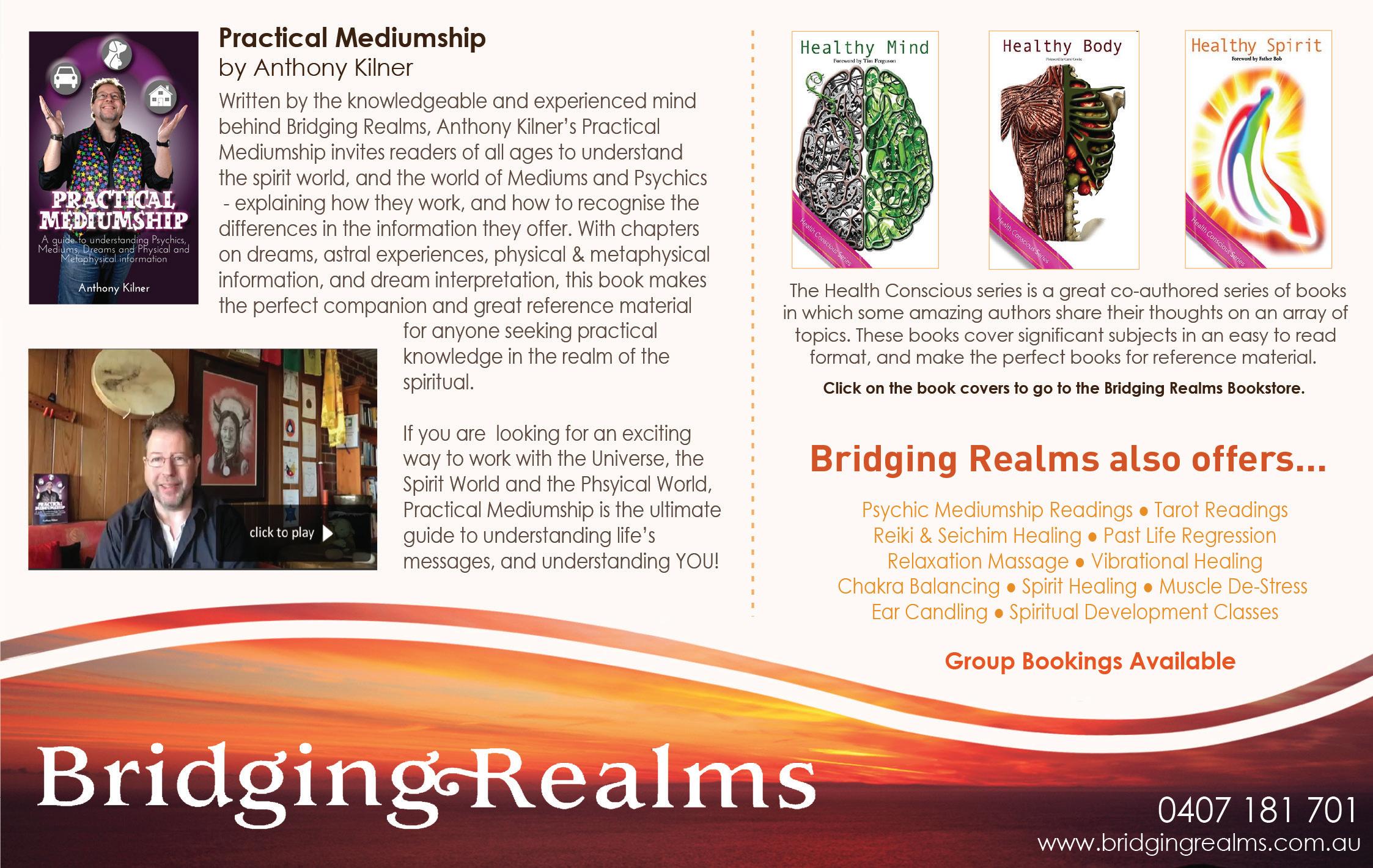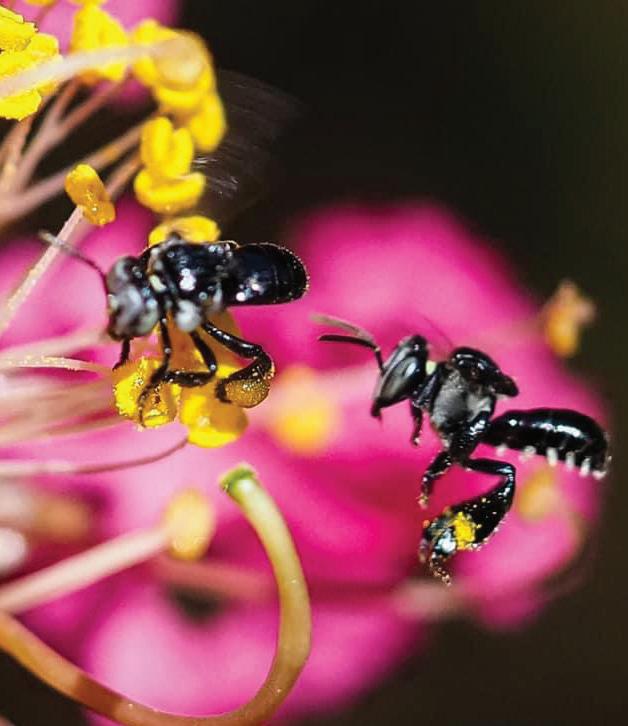
7 minute read
Simon Mulvany Save The Bees & Our Environment
Simon Mulvany –How We Can Save The Bees and Our Environment
By Freya Savitri Sampson
Freya Sampson caught up with an amazingly Zen man in Simon Mulvany from Save the Bees. Here’s a snippet of his life saving and educating people about bees.
What was life before ‘Save The Bees’ for Simon Mulvany?
“I was a Park Ranger. It wasn’t what I thought it would be; spraying chemicals most of the time, usually Glyphosate. It felt wrong and when I raised it with my supervisor, he said, “Salt is more dangerous than roundup.”
The rest was cleaning bathrooms and picking up other humans mess, so I left that job and started a gardening and beekeeping business. Now, it’s bees’ full time.”
Why do you love bees?
“Bees induce a feeling of awe and wonder in me, they work with such grace and purpose. Human civilisation as we know it would crumble without bees.”
What got you into beekeeping? “Several coincidences started me on my beekeeping journey.”
How did these coincidences play out?
“I travelled a lot between the
ages 20-30. Then, 12-years ago I became a father. I grounded myself and got my first hives. My extended family was shocked, thinking I was irresponsible. Some of my friends wouldn’t visit and some of my child’s school friends weren’t allowed to. These irrational fears made me realise it was time to educate people.
“Around that time, with my Greek friend, we would buy honey from a rather eccentric beekeeper, who only made two harvests annually. Going to his place was like visiting Willy Wonka’s factory, however he didn’t like questions being asked about bees and beekeeping, so we were banned from buying honey.
“I researched throughout the winter months, reading many books, writing to authors asking questions. It was amazing how available they made themselves; they all wrote back. Concurrently, after lots of looking, two hives became available. It wasn’t as easy to get them back then, unlike now.”
How did you go from beekeeping to Save the Bees?
“Initially it was a very lonely time. In my circles, no one else was interested in bees - then the internet opened up and social media expanded my networks and learning. It was actually a very beautiful time, inspiring me with a lot of hope for humanity.
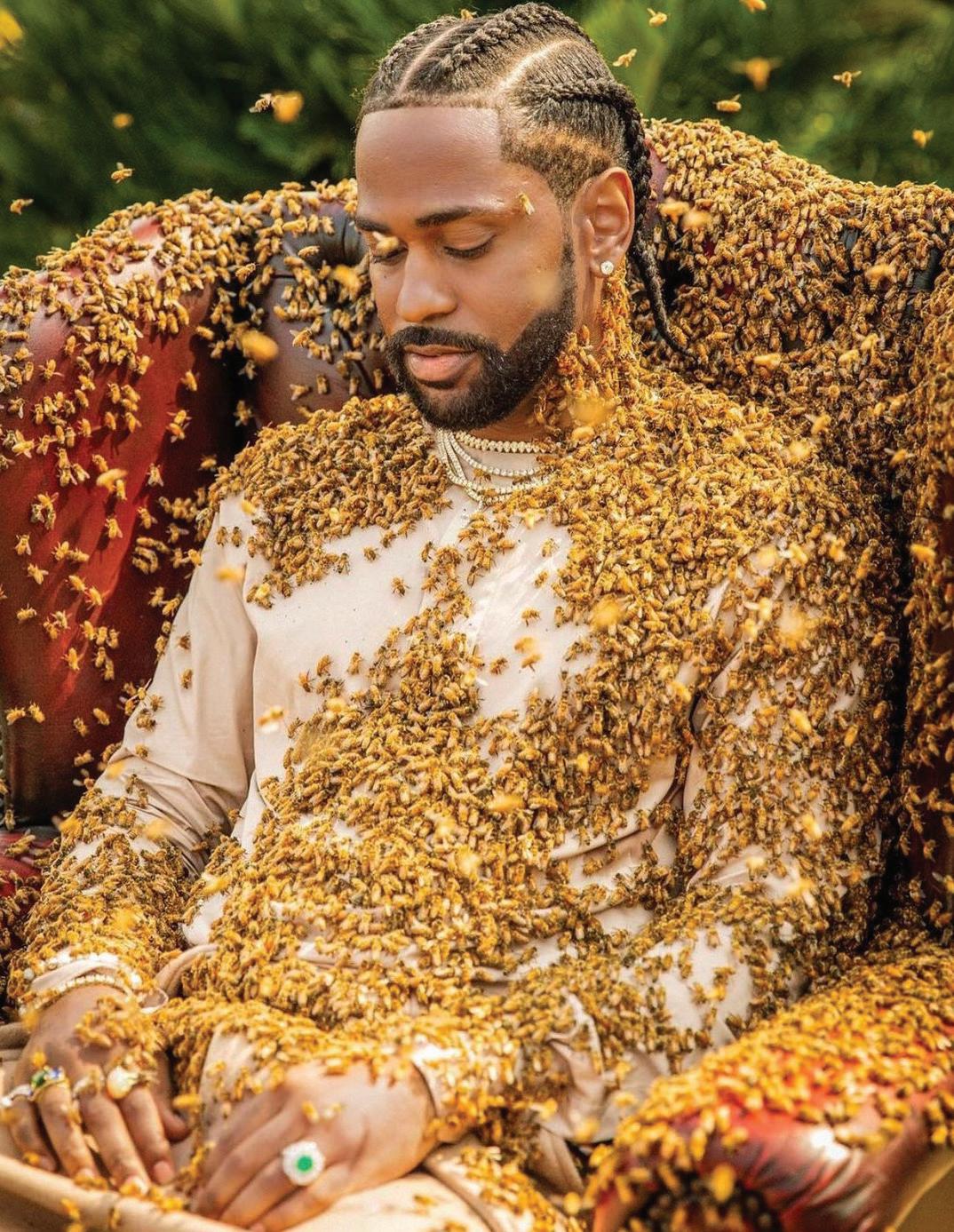
“I began to rescue the bees rather than destroying them, when the local Councils received reports that they were swarming. I had 50 calls and was keeping bees everywhere. In cardboard boxes, all over the place.
“I also read that the councils in Melbourne were injecting pine trees with neonicatinoids, specifically to kill off a bug called Giant Scale. This poison devastates the bee population. Beekeepers need this, Giant
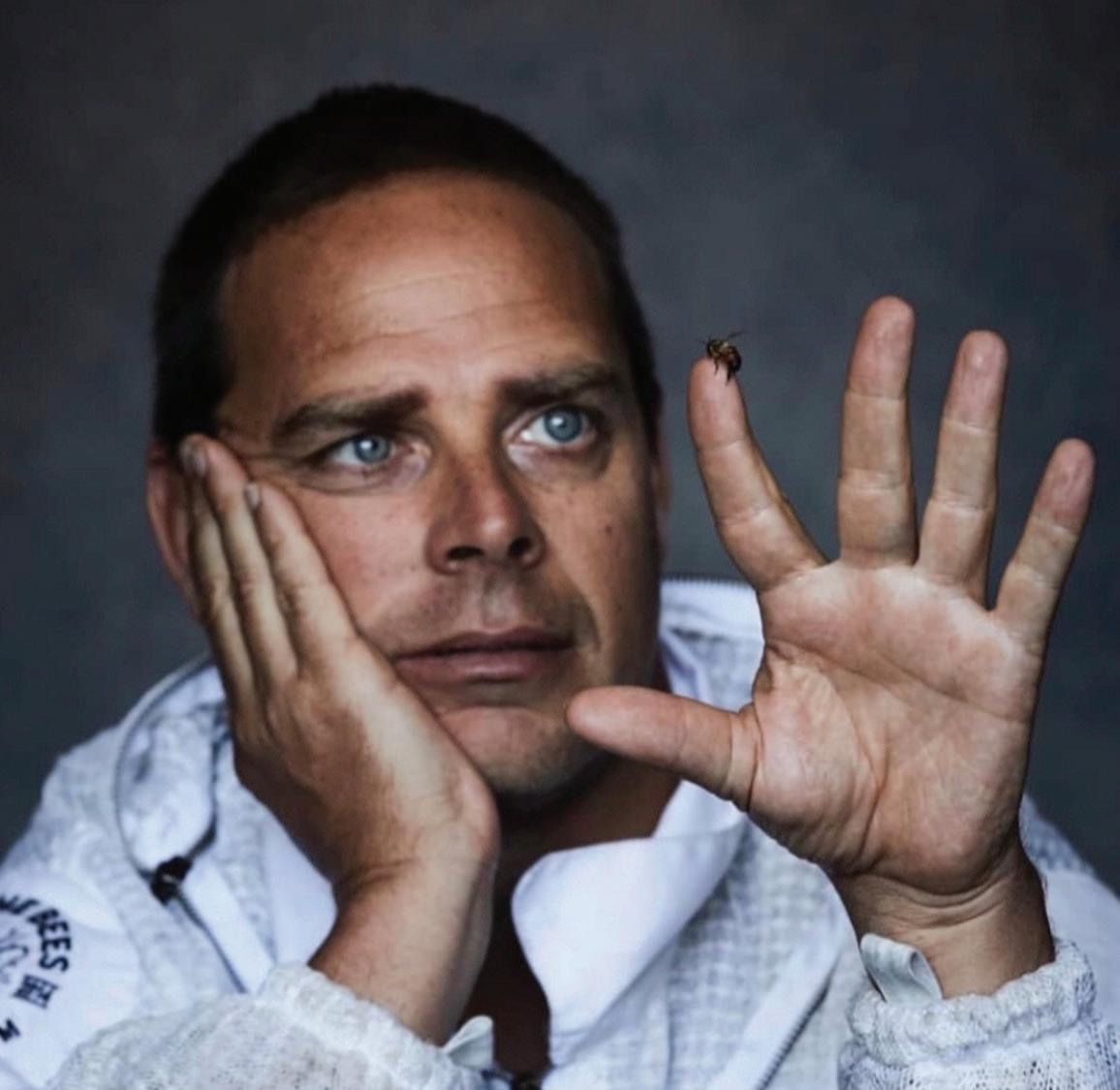
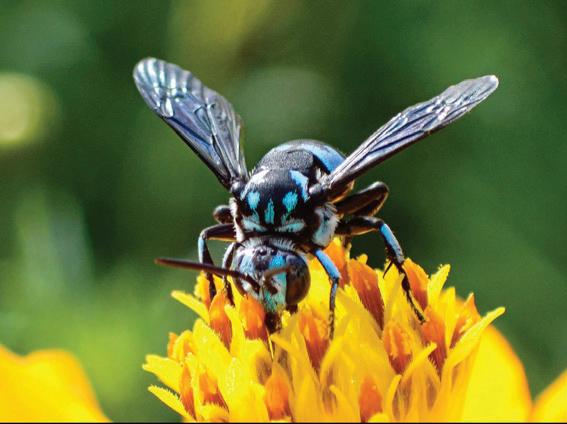
Scale in the pine trees, to benefit the bees, because it produces something called ‘honey dew’. In winter, when there are no flowers for the bees, they feed on this to continue making honey. Honey Dew is a delicacy, worth even more than honey. I asked the council to look into it.
“Later I was involved in the Capillano court case, spanning 5-years with lawyers being paid through crowd funding. After much research and unmistakable synchronicity, the evidence fell in my lap. Robert Costa NMR-tested the honeys and confirmed my writings that beetroot and rice syrup were their main ingredients. My videos went viral and I won the case.” affecting the global annual economic value of pollinators, which is between 235-577 billion USD.”
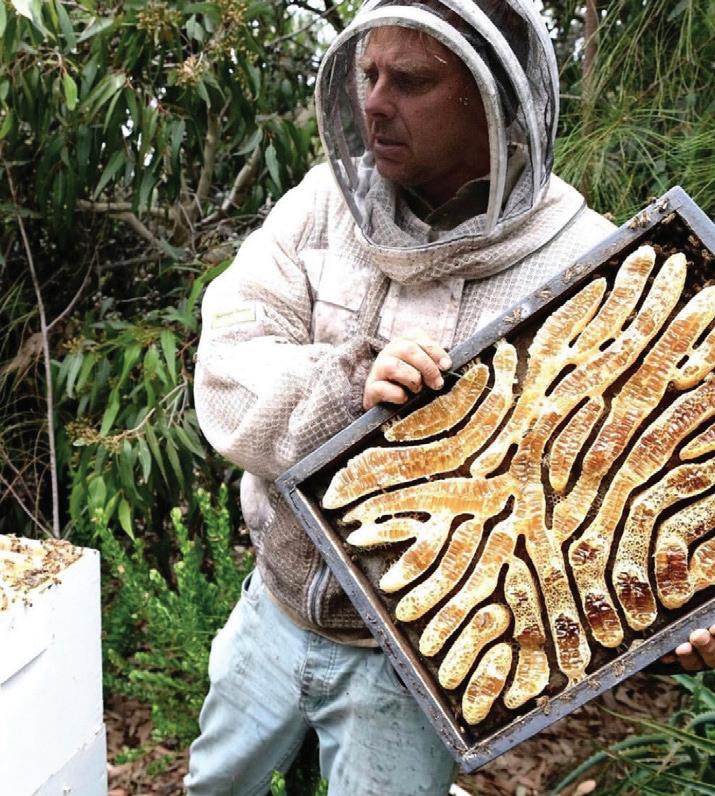
What’s most important to know about bees and the threat of pathogens/chemicals?
“In Australia, the main threat is the use of poisonous neonicotinoids, which have been banned in Europe. We must remember that imported honey can carry bugs and pathogens.
Why are bees so important to the environment?
“Around one third of what we eat is pollinated by bees and the honey is a nice bonus. Bees currently face numerous threats: parasites, pathogens, agricultural pesticides, malnutrition, poor beekeeping practices and climate change. Sadly, bees are dying and their colonies collapsing globally, “Please sign the Petitions at end of article.”
Is it true that honey must be processed to be safe for human consumption or is raw better?
“Mass-producing honey is rough on bees in general. Also, supermarket honey is not real honey, It is processed honey, heat treated so that it doesn’t crystallise.
“In nature, weather rarely heats above 44 degrees. Like humans, bees deteriorate in weather over that temperature. Bees keep their hives at 36/37 degrees, the same temperature as human blood so, if honey is heated above 44 degrees, it loses its healing benefits.
“In China, honey is removed before the bees cap it. Doing this overworks the bees, as they have to keep producing more honey. The result is that the honey stays liquid, and doesn’t taste very good, so they mix it with a small portion of Australian Honey to improve the taste.
“When the bees naturally cap the comb, they suck the moisture from the honey, adding an enzyme under the capping. Some old beekeepers consider the layer under the cap is the most medicinal... although there’s no science to prove this yet.”
Simon’s Top Tips on how you can help Save the Bees: Use organic seeds
Purchase seeds from an organic supplier to ensure they have not been cultivated or dipped in poisonous Neonicotinoids, which are toxic to bees.
Grow herbs
Herbs left to flower are wonderful medicine for
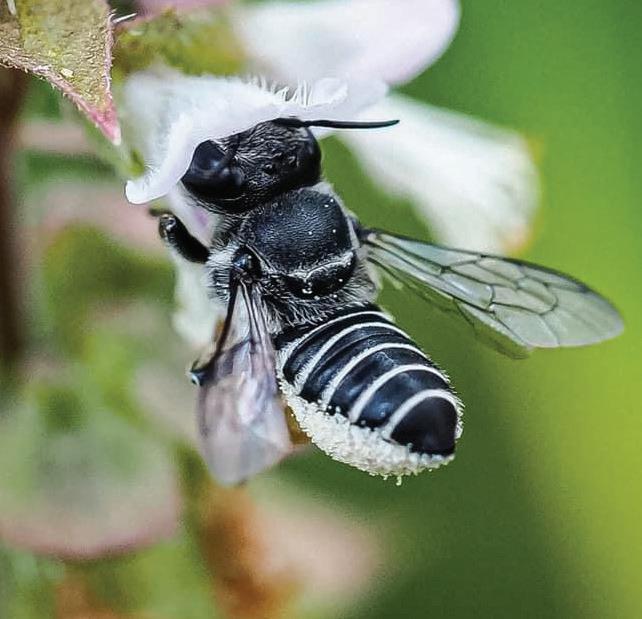
bees and other pollinators. Marjoram, Oregano, Borage, Basil, Chives, Sage, Lavender, Thyme, Mint, Parsley, Dill, Rosemary Lemon Balm and Fennel, to name a few.
Grow your own food or source from local organic growers
Include and teach children how to grow your own food. They will be healthier and more connected to the environment. Source food from local growers who don’t use chemicals.
End the War on Weeds
Learn to love weeds. Bees love dandelions, fennel, thistles, oxalis, clover and onion weeds.
“Weeds are flowers too, once you get to know them.” A.A.Milne
Don’t use toxic herbicides
Glyphosate or Neonicotinoid insecticides including Monsanto’s Roundup or Bayer’s Confidor. Check the label if you are unsure.
Ask your schools and council to stop using the Herbicide Glyphosate
Explain how many countries are now banning these chemicals. Suggest alternatives like whipper snipping, steaming, hand weeding or white vinegar mixes.
Become a beekeeper
If you can’t be a beekeeper yourself, find out if a hive can be managed on your property.
Create an insect friendly garden
Include an insect hotel in your garden. Plant a diverse range of flora. Research and grow what plants are indigenous to your area to attract native pollinators.
Don’t feed bees honey
Supermarket or unknown source honey may carry and spread disease so don’t leave honey outside to feed the bees.
Provide drinking water
Fill a tray, pot or birdbath with water and include stones for safe landing. Ask neighbours to do the same so that bees don’t gather around pet dishes or swimming pools.
Indigenous plants for indigenous bees
Councils have lists of suitable plants.
Report bee swarms – save don’t exterminate!
Report swarms via the Beethecure App: www.swarmpatrol.com
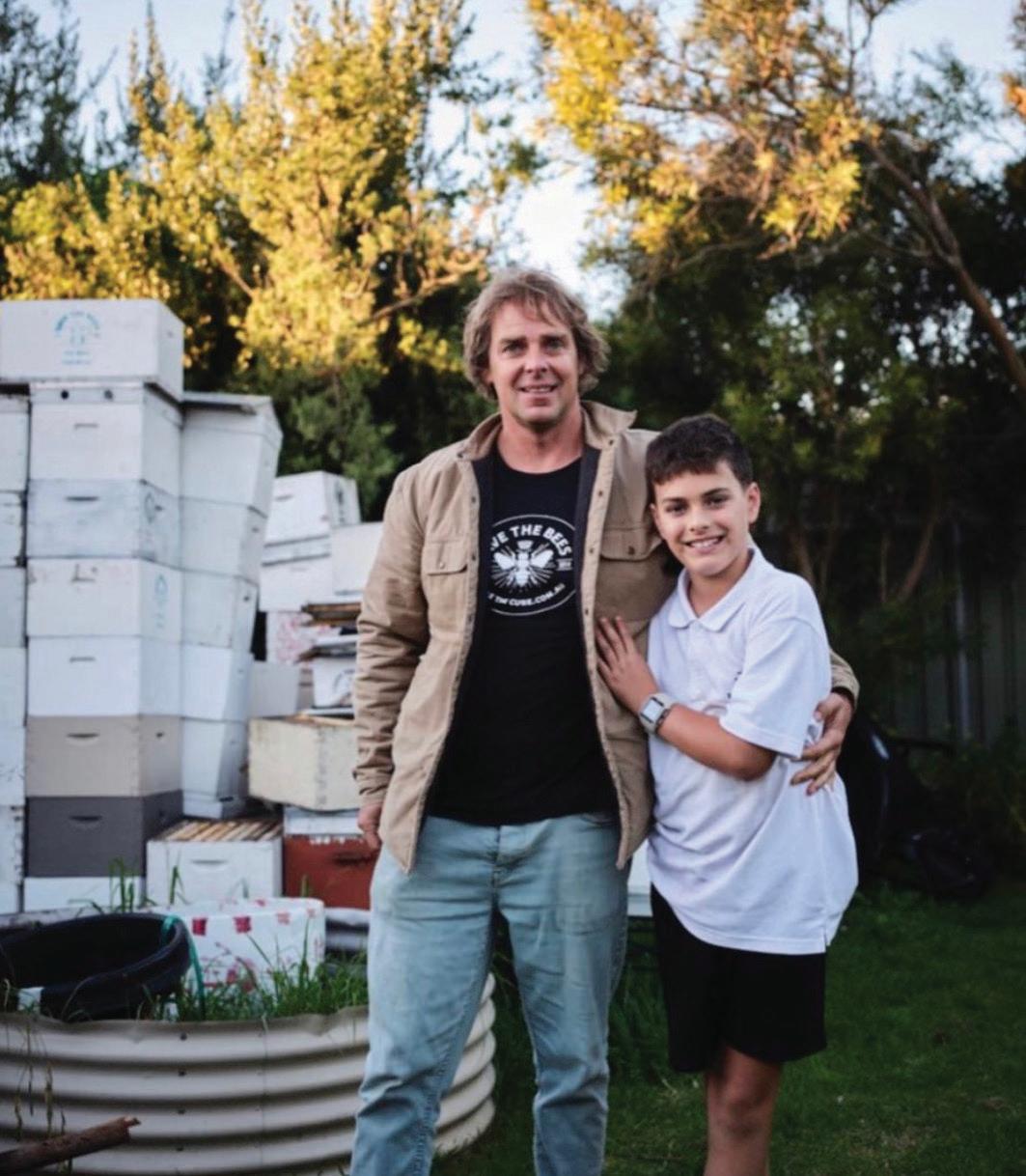
Adopt a Native Bee!
https://www.beethecure.com. au/product/adopt-a-beevirtual-kit/
Buy local raw honey, visit Honeymap online:
www.beethecure.com.au/ honey-map
Sign these petitions:
www.change.org/ banneonicotinoids www.change.org/glyphosate www.change.org/ honeylabelling
World Bee Day Aust. 20th May 2022
Freya is available for Crystal Dreaming, The liquid Crystals and a range of holistic services.
Image Credits: Simon Mulvany – Save the Bees
